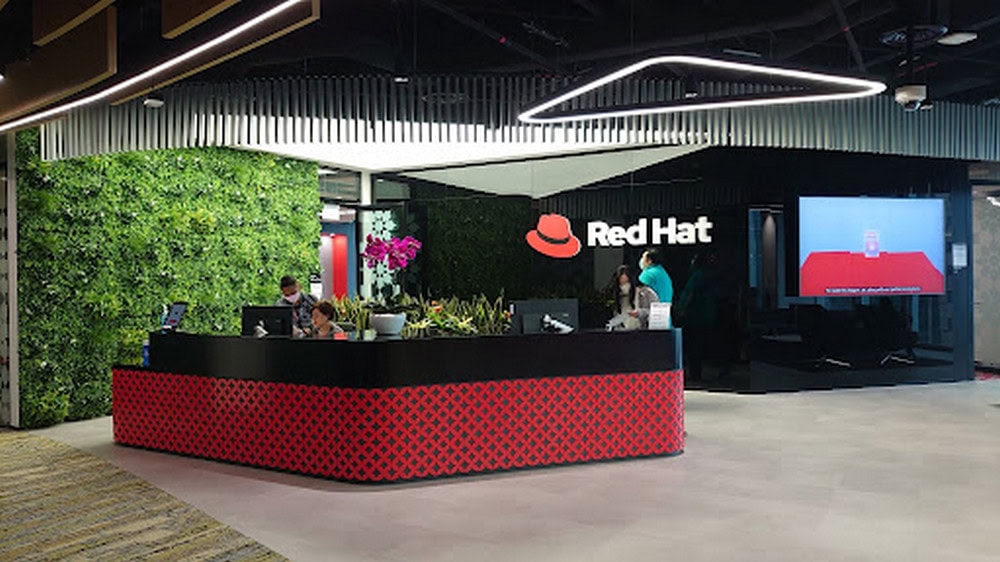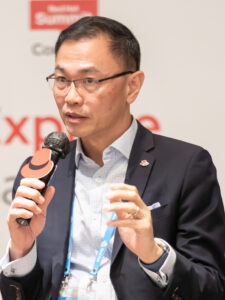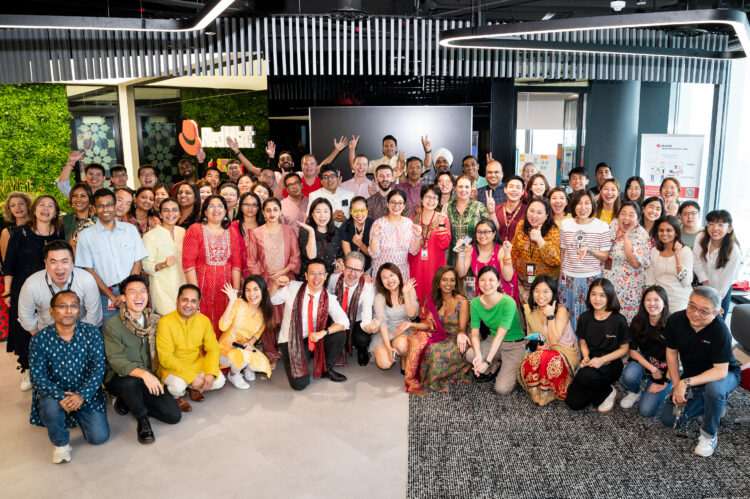Volatility, uncertainty, complexity, and ambiguity, or VUCA describes the constancy of unpredictable changes which has been a norm in the world in recent years. With a constantly evolving landscape, organisations need to respond accordingly to survive and thrive.
Daniel Aw, vice president for enterprise sales in Asia Pacific at Red Hat explains how they helped some organisations respond to recent business challenges.

“Digital resiliency and sovereignty are becoming more and more important. Minds are different today. The ability to adopt technology and awareness of how it can transform the way they live and operate is easily understood by customers and employees. That is a big difference around how we can do more with less today because people are eager to try technology and try new things.”
Aw noticed that since the pandemic, more organisations have been exposed to agile situations. As the world’s leading provider of enterprise open-source solutions, he notices how enterprises become more open to allowing Red Hat to propose technological innovations.
“That mindset change is also driving a huge change in terms of the way we do things around doing more for less. That is the world we live in and it is exciting; because technology is also advanced in many ways to help us tackle problems.”
Openness to open-sourcing
Aw said that technology adoption has skyrocketed, citing that around 77% of their customers are considering open-sourcing. “Companies spend a lot of money on research and development, hoping to find that revolutionary technology that will change the world. Open source makes the community of technologies around the world come together to build ideas and platforms. When you have an idea, what do you do with that? Share that to the open community to garner a huge amount of adoption.”
Aw said that open sourcing-has a lot of benefits for companies. “First, no vendor lock-in the sense. Companies know they have access to the source code, if they're not happy, there's no need for them to delete what they have installed and this gives them the ability to drive continuity. Second, it is about collaboration. They can freely engage in it with participating communities. The third thing is how fast open source is moving.”
He says that users can try out new technology before deciding to move into its enterprise version, making open source engaging as they provide test environments for customers to use and test before paying for the software.
“You do not have to reinvent the wheel. It is already out there. Take advantage of it. It is leveraging the minds, the capabilities, and the knowledge of the whole world to build applications and platforms for you, without having to invest higher costs,” Aw says.
Openness and collaboration

“The systems that you build reflect the way your organisation communicates,” he adds. For Aw, openness is one of Red Hat’s core values as a company. He emphasises that open collaboration is crucial within the company and externally with their “ecosystems of partners”.
He says, fostering an open culture will allow people to learn new things. Without it, there will be few positive answers to some questions: “How do you embrace change? How do you embrace new ideas? How are you able to share your ideas to help someone grow?” he adds.
Aw says that collaboration helps teams to keep abreast of new technologies. “Open collaboration is important. You do not live on an island. Communities are open to practice open leadership strategies as well to allow the team to participate and collaborate.”
“You do not need to be open about all software, applications, technologies, or projects that you do, but leverage those open source to drive the innovation, and to build communities within your organisation at the same time allowing your community to work with other communities out there. Open collaboration is key to the success of companies moving into the future,” he adds.
This serves as a nod to the Anatomy of Adaptive Leaders report which revealed that the top 3 leadership traits regarded as highly important in the Asia Pacific Region are collaboration (89%), agility (89%), and humility (81%). The report, through the partnership of RedHat and Intel and produced by the Economist Impact, also showed that adaptive leadership is the way to go to foster a culture of innovation even amid economic pressures.
As a testament to Red Hat’s commitment to openness, the company annually holds a conference called Summit Connect and a C-level closed-door event called Executive Exchange, where the company shares some of their new technology advancements and new product launches to the world and its C-suite customers. This year’s theme for the event is “Do more with less”.
“Being an open-source company, we collaborate with our community. In the event, we have a gathering where developers come together and share best practices, building the community around that. We have announcements to share with our broader audience across the group and the team.”
Driven by vision
Aw says one of the biggest challenges Red Hat customers face is the adjustment of their operating systems. Due to the digital transformation propelled by the pandemic, organisations are beginning to add to their operational requirements like video conferencing, connectivity, compliances, and security.
“One of the easiest answers to them is: Let us move to the cloud. So we witnessed a huge cloud adoption in the last 3 to 4 years. Today, it would be surprising if customers are not using a cloud.” He also observes that their customers have been selectively outsourcing IT teams to drive innovation.
Despite the challenges, what drives them towards opportunities as a company is their vision. Aw highlights that Red Hat’s vision is to be the defining technology company of the 21st century and be known for strengthening the social fabric by continually democratising content and technology.
Ready for the unknown

Aw reminds tech leaders that although innovations are important, they should be careful not to get sucked into hype because technology evolves rapidly. He advises them to look into how much they are innovating.
“Are you spending a lot of time creating? This concept about doing more with less has been around for a long time and will never go away. Why? Because as humans, we create a lot. We spend time dealing with a mess rather than innovating and planning for the future. Leaders need to look into how we drive innovation and automation, and keep abreast of what is happening,” he quips.
With this vision in mind, Red Hat is more prepared and ready for the unknown. “We need to have an agile mindset because we are dealing with uncertainty. There will not be a perfect solution. You need to be bold to make moves, to try out new things, but you also need to be fast in decision making.”
For Aw, agility is a vital trait in a VUCA world to allow growth, showcase adaptability to the changes happening in the market, and adoption of new technologies.
* Editor's notes: This article is part of the Cxociety Coffee Table Book project (The Project) which chronicles the journey and experiences of senior business, operations, finance and technology leaders in Asia in recent years. The Project illustrates the tenacity, ingenuity and resiliency of the human spirit in the face of seemingly endless challenges.
With nearly 50 stories chronicled in The Project, it is a must-read compendium of learnings and experiences from seasoned professionals in the region.





